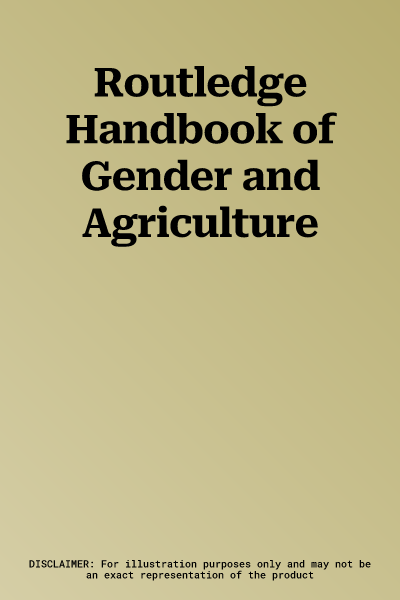The Routledge Handbook of Gender and Agriculture covers major
theoretical issues as well as critical empirical shifts in gender and
agriculture.
Gender relations in agriculture are shifting in most regions of the
world with changes in the structure of agriculture, the organization of
production, international restructuring of value chains, climate change,
the global pandemic, and national and multinational policy changes. This
book provides a cutting-edge assessment of the field of gender and
agriculture, with contributions from both leading scholars and
up-and-coming academics as well as policymakers and practitioners.
The handbook is organized into four parts: part 1, institutions,
markets, and policies; part 2, land, labor, and agrarian
transformations; part 3, knowledge, methods, and access to information;
and part 4, farming people and identities. The last chapter is an
epilogue from many of the contributors focusing on gender, agriculture,
and shifting food systems during the coronavirus pandemic. The chapters
address both historical subjects as well as ground-breaking work on
gender and agriculture, which will help to chart the future of the
field. The handbook has an international focus with contributions
examining issues at both the global and local levels with contributors
from across the world.
With contributions from leading academics, policymakers, and
practitioners, and with a global outlook, the Routledge Handbook of
Gender and Agriculture is an essential reference volume for scholars,
students, and practitioners interested in gender and agriculture.
Chapter 13 of this book is freely available as a downloadable Open
Access PDF at http: //www.taylorfrancis.com under a Creative Commons
Attribution-Non Commercial-No Derivatives (CC-BY-NC-ND) 4.0 license.

